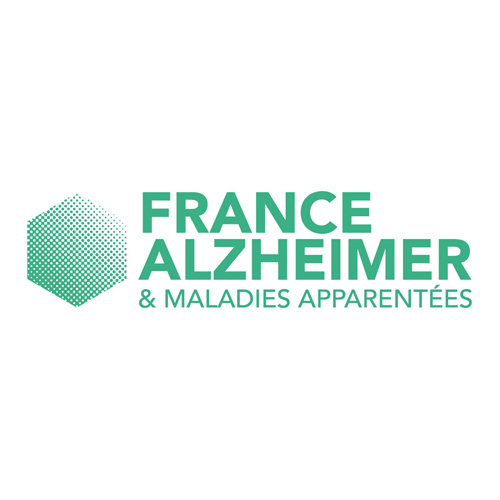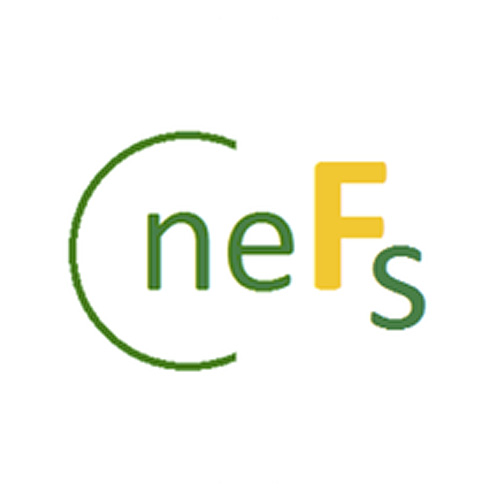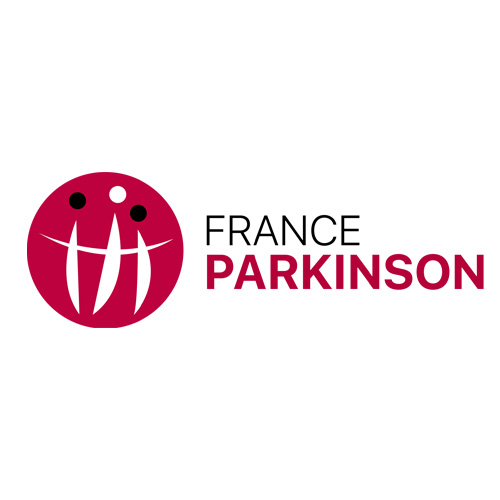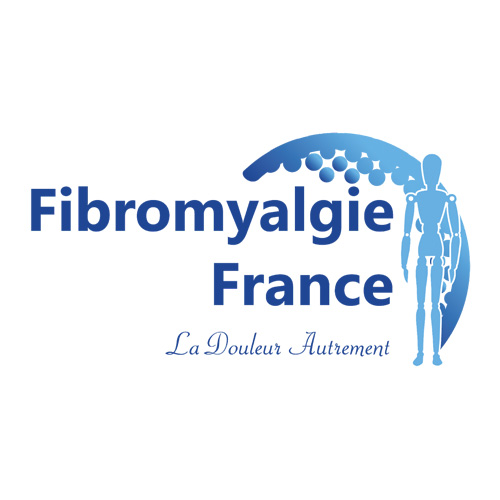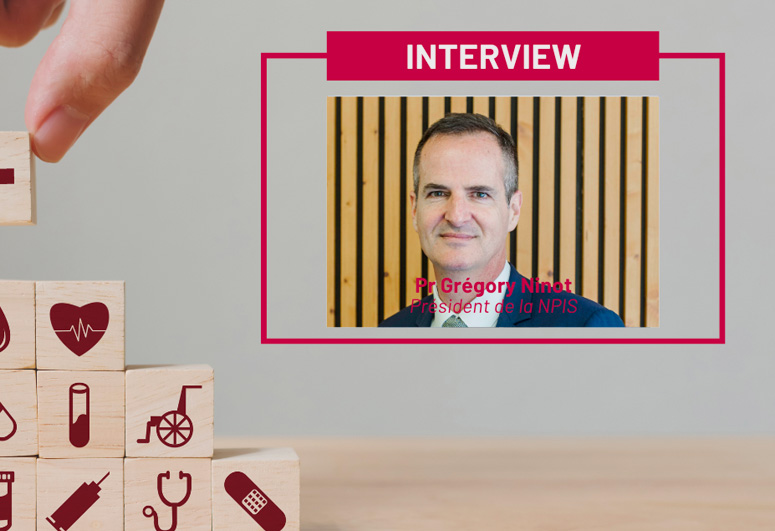What's an NPI ?
The NPIS Registry: why ?
Who is this platform for?
-
I am a citizen, a patient, a caregiver or a professional on a first visit

-
I will be able to easily find information on interventions that are actually INMs. I will also be able to provide feedback on usage. If I want to go further, I will be directed to the conditions for accessing all the data and features of the INM Repository.
-
I am a healthcare professional wishing to access all INM files

-
I will be able to find complete information on INM protocols to deepen my knowledge and practices. I will be able to provide feedback on use.
-
I am a representative of an authority, institution or organization related to health

-
If my practice organization is a partner of the NPIS, I will be able to access all the data and functionalities of the INM Repository.
-
I would like to submit a proposal for a new INM in the Repository

-
If my project meets the definition of an INM and if it is sufficiently supported by scientifically conducted studies, I will be directed to a form which will allow me to write the INM file relating to my project.
-
I am an expert selected under the INM file validation procedure

-
If I have received an email from NPIS accrediting me as an Expert in a defined field, I will be able to register to participate in the expert procedure for which I have been requested.
Become a Submitter
Learn more about NPIS and NPI :
NPIS Questions and Answers
-
Why a transdisciplinary evaluation model for NPI?

-
As of April 2019, there were 46 evaluation models for NPI in the scientific literature (Carbonnel and Ninot, 2019). These models were constructed by researchers for researchers, often from a monodisciplinary perspective and rarely from a patient-centered approach. This led to significant heterogeneity in study protocols and the way NPI were conceived (approach, method, technique, or materials). The results were scattered, debatable, poorly transferable, and rarely reproducible. Consequently, these practices were not widely recognized outside the study context (dependent on the establishment and/or practitioner). This situation raised doubts about their effectiveness (e.g., efficacy, safety, relevance, utility, cost-effectiveness), their content (e.g., heterogeneity in doses, procedures, ingredients, techniques, contexts, target populations), their approval (e.g., ethics committees), their dissemination (e.g., conflicting reviewer opinions), their teaching (e.g., protocols, best practices), and their recognition (e.g., authorization, integration into official classifications, reimbursement). This lack of a consensual evaluation model for NPI suggested that each professional had to reinvent their program for every new patient, given the wide or contradictory recommendations from authorities, agencies, and scientific societies. It also implied that only the patient-provider relationship mattered in the health effects induced (Ninot, 2020). Moreover, it left the door open for pseudoscientific practices and, more broadly, parallel medicine, along with all the obscurantist, health-related, sectarian, political, and judicial issues that are known in France (Miviludes, 2022; CNOI, 2023; CNOM, 2023) and around the world (Ernst and Smith, 2018). This idea was also gaining traction in the United States in the field of oncology, aiming to juxtapose two medical offerings: one based on experimental science, primarily focused on surgery, medication, radiotherapy, and medical devices, and the other described as "complementary, integrative, or traditional," based on individual experience, opinions, and traditions (Mao et al., 2022). This second offering claimed exclusivity in the domains of prevention and care, emphasizing care for the person versus cure for the disease. Thus, the NPIS Model was co-constructed with the idea that experimental science could demonstrate the existence of effective, safe, and reproducible prevention and care protocols. This work was supported by seed funding for participatory research from INSERM and involved over 1,000 participants under the guidance of a committee of 22 multidisciplinary experts, including two user representatives. This transdisciplinary innovation is currently supported by 30 French scientific societies, the National Center for Palliative Care and End of Life, INCa, and the French Platform for Clinical Research Networks.
-
Why choose the term "professional" instead of "practitioner" in the definition of NPI?

-
In France, the term "professional" is broader than the term "practitioner," which is limited to the 24 healthcare professionals defined in the Public Health Code (CSP). For example, a clinical psychologist and a teacher in adapted physical activity (APA) are professionals who work for the health of individuals by offering NPI for preventive or therapeutic purposes, but they are not considered "health professionals" in the strict sense of the CSP. Some professions fall under the Social Action and Families Code (e.g., specialized educator) or the Sports Code. In Europe and worldwide, the issue becomes more complex because health-related professions do not share the same designations. For instance, "masseur-kinésithérapeute" in France is referred to as "physiotherapist" in most other countries. NPI can serve as common denominators across countries, as they will have a unique code and specification sheet.
-
Why choose the term NPI, a seemingly negative term that appears to oppose medication?

-
The term non-pharmacological intervention (NPI) was not chosen by the scientific society NPIS but has become necessary. It has been used by scientists since 1975. Various authorities and agencies have adopted it, including the World Health Organization since 2003, the French National Authority for Health since 2011, the National Solidarity Fund for Autonomy since 2014, the Ministry of Health since 2018, the High Council for Public Health since 2019, the European Centre for Disease Prevention and Control since 2020, the General Inspectorate of Social Affairs since 2022, the Economic, Social and Environmental Council since 2023, and Health Insurance since 2024. Many national and supranational scientific societies use the term NPI in their recommendations. These health solutions are often "squeezed" between health products and public health measures, despite efforts by professionals to raise awareness and recognition of them. They represent an underestimated area of intangible services situated between goods (e.g., medications, medical devices) and general public health recommendations (e.g., dietary rules, hygiene measures, environmental actions).
They can be lost in compilations of health solutions that mix health promotion actions with targeted programs or confuse methods for identifying a health problem with methods for resolving it. The challenge is to improve the traceability of practices for continuous enhancement of their quality, safety, implementation, and training. These practices can be easily shared from one country to another. The term NPI does not imply "anti-medication" or "alternative medicine" (parallel medicine). Instead, it draws from the rigor of the globally standardized drug validation process to establish good scientific and clinical practices. Over time, we believe that the abbreviation NPI will come to be more widely recognized than its full title, similar to WHO, IBM, SEAT, and many others.
Registers of non-pharmacological practices with imprecise criteria and boundaries.
Catalogs compile various health practices among which NPI may be submerged. Some target the general population, while others are more specific. The selection criteria are heterogeneous, and objectives and practical modalities vary widely. Three examples include two from the United States (EBCCP and Mindtools) and one from France (Capitalisation Santé). -
Why establish a unique evaluation model for NPI?

-
A scientific validation model for medications has existed since the 1960s, with specific regulations recognized worldwide (e.g., FDA, EMA, ANSM). A similar procedure has recently been implemented for medical devices in Europe. However, until now, no consensual model existed for nutritional, bodily, and psychosocial health services due to confusions between approach, protocol, and technique/ingredient. A participatory, pragmatic, and multidisciplinary consensus work followed international scientific health recommendations to address this for NPI (Ninot et al., 2023).
This work took into account the specificities of NPI, health risks, the balance between internal and external validity, the justification of explanatory mechanisms, ethical considerations in health, and respect for contexts of use. The NPIS Model accelerates research through the harmonization of methodological and ethical expectations in NPI. It also enhances the identification, referencing, transferability, and implementation of NPI for the benefit of user health and safety, improving the quality of training.
Ultimately, the NPIS Model distinguishes between individualized, science-based services aimed at addressing known health issues in Western medicine and occupational practices (lifestyle, art of living, work, sociocultural activity, personal development, pursuit of happiness, spiritual practice, etc.). In this sense, the model does not impede individuals' freedom to choose a particular lifestyle. It aims to address a specific health issue for an individual or a group of people within a limited timeframe and a framework regulated by the health sector. The NPIS Model encourages innovations across all other health sectors, particularly in health organizations and early identification actions for health problems. -
What is the added value of the NPIS Registry for a healthcare professional?

-
Accessible Protocols in Consultation
- Enhanced Quality and Safety: Strengthens the quality and safety of existing practices through formalization, harmonization, and securitization.
- Integration with Professional Software: Codified NPI can be integrated into healthcare management software.
- Digital Documentation: Access to documentation from computers, tablets, or smartphones for ease of use.
- Broad Validation: Extends validation to all relevant professionals in the region.
- Quick and Easy Access: Facilitates rapid access to information at critical decision-making moments for prevention and care.
- Simplicity in Tracking: Eases the follow-up and evolutionary process of best implementation practices (e.g., identifying barriers, professional leadership, availability of training and support).
Quality Control and Adherence to Protocols
- Traceability: Utilizes unique coded protocols for tracking.
- Strengthened Care Link: Enhances the relationship between care provision and patient support.
- Monitoring Relevant Indicators: Provides tools for tracking key performance indicators.
- Continuous Education Tool: Serves as a resource for ongoing professional development.
- Regular Updates: Incorporates regular updates based on user feedback.
Means of Valuation
- Response to Identified Multidisciplinary Issues: Addresses problems identified by healthcare teams in a specific territory.
- Extended Roles for Various Professionals: Expands the roles of many professionals, particularly non-physicians.
- Elimination of Ineffective Protocols: Phases out protocols that are ineffective, hazardous, or costly.
- Reduction in Meeting Time: Decreases the need for multiple meetings focused on intervention planning.
- Support for Innovation: Encourages professionals to experiment with new practices, boosting their confidence.
- Financial Valuation: Ensures appropriate financial and resource allocation for effective implementation.
-
Is the NPIS creating a new value chain?

-
Immaterial practices of prevention and care have existed since ancient times. However, the diversification of practices, the multiplication of professions at the intersection of prevention, care, and social assistance, and the globalization of information systems have leveled these services and obscured them at a time when medicine has made significant advances in the early detection and diagnosis of health issues. The interdisciplinary and multisectoral approach of the NPIS generates a value chain, from the design of practices to their implementation, regulation, and financing.
Innovative economic model initiatives are emerging worldwide, including fee-for-service, bundled payments, social economy provisions, offers promoting sustainable development, e-health economy, human innovation bundles, and long-term economy (World Economic Forum, 2024). The NPIS Prospective Pole, led by Michel Noguès, documents these initiatives in books (Noguès, 2022; Noguès, 2024). The NPIS Forums invite all innovators to share their experiences.
Our supporters
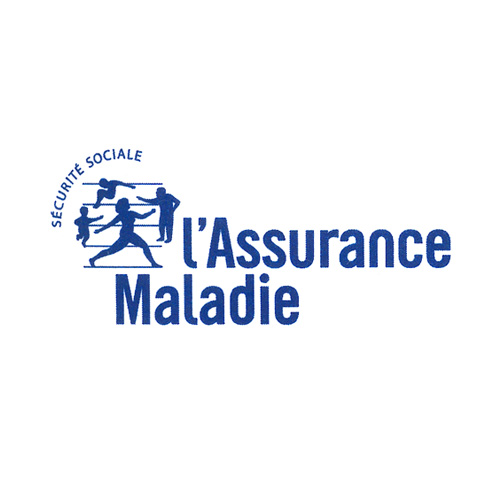
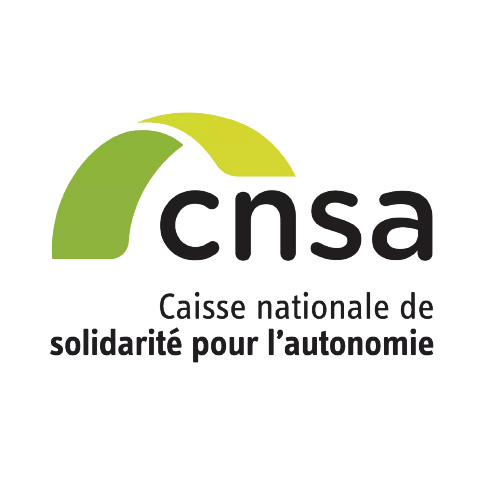
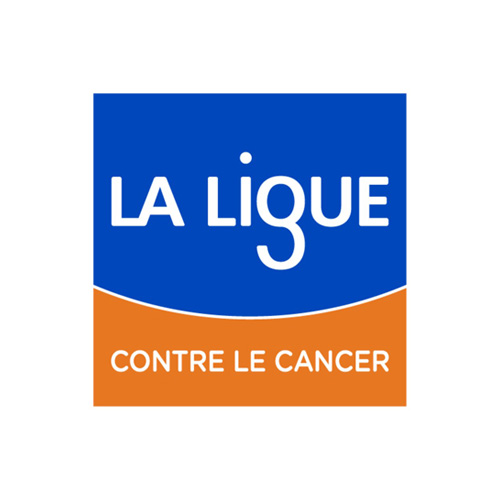
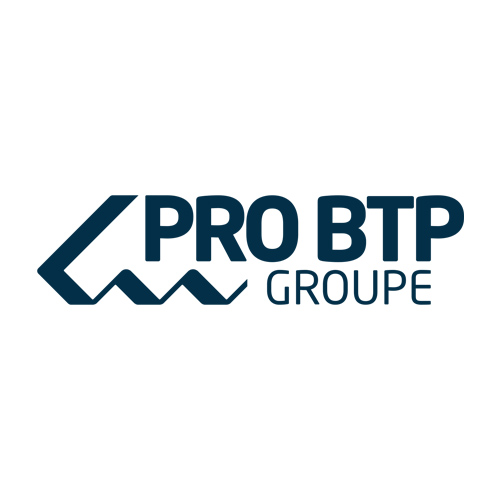

Our partners
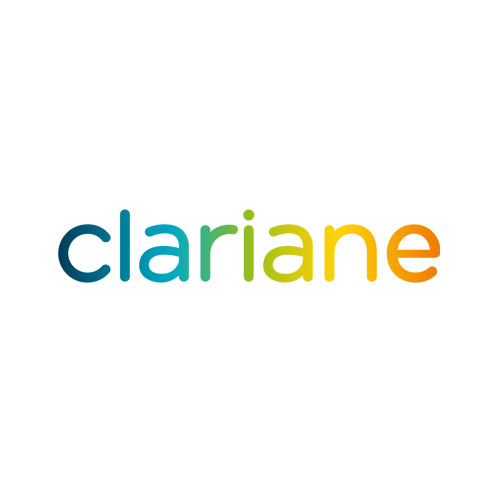
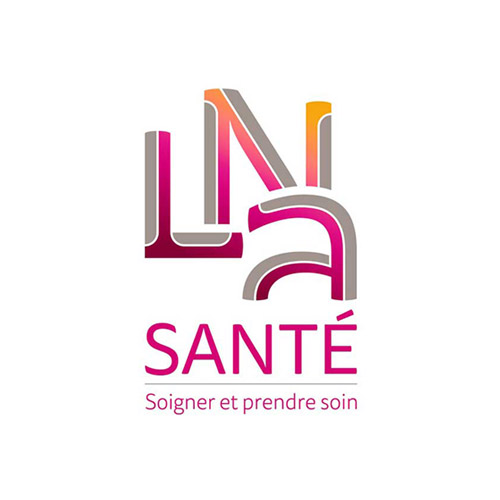
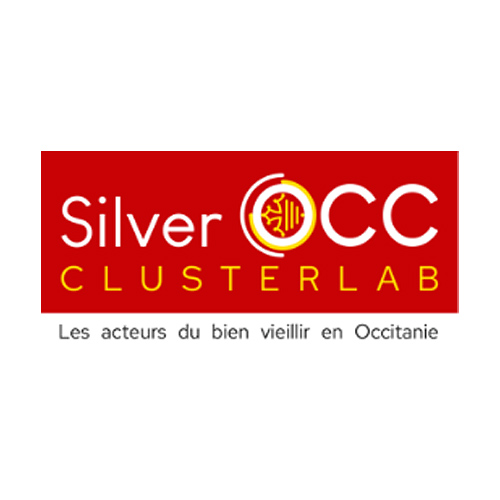
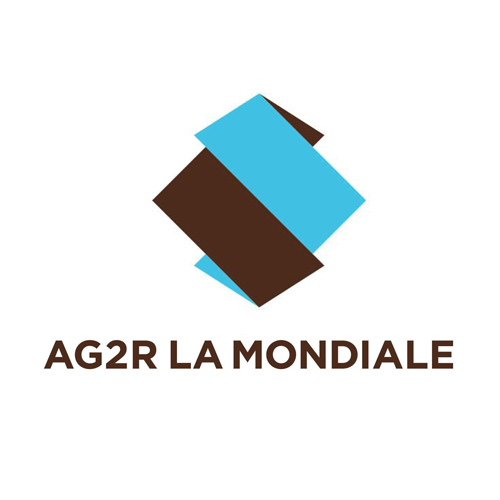
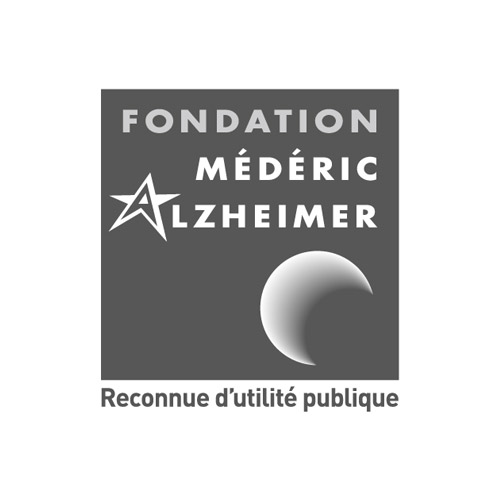
Our allies
